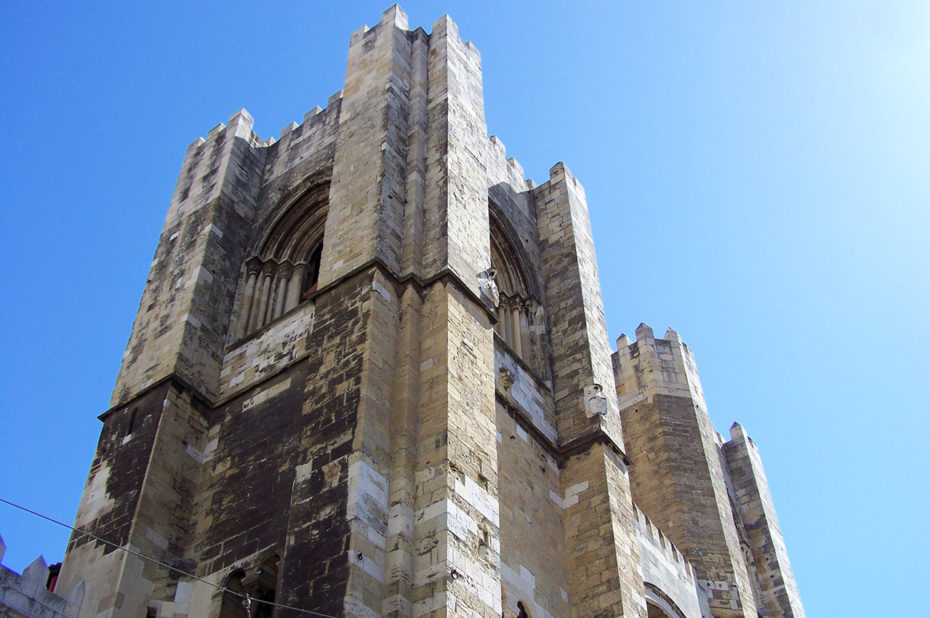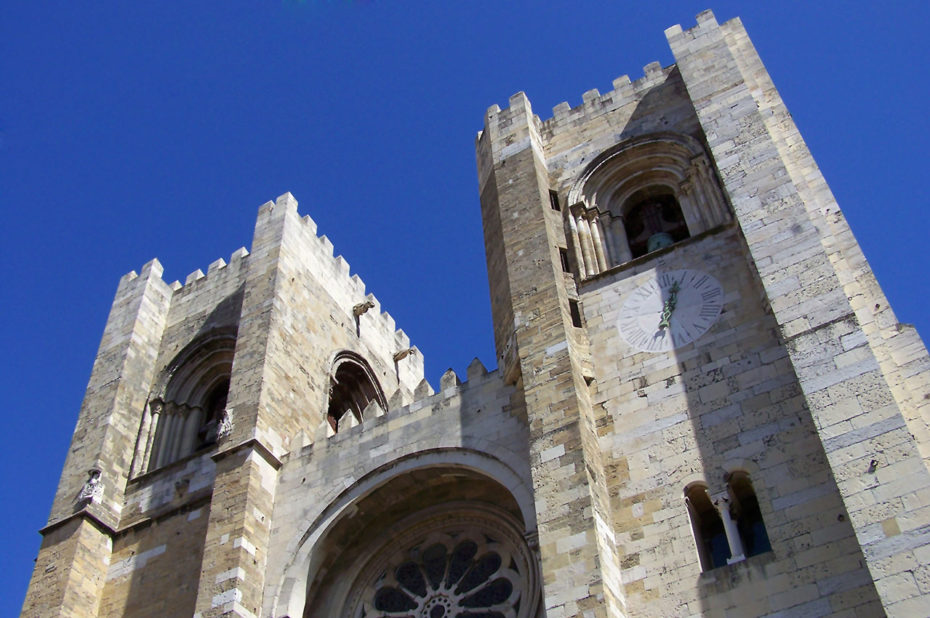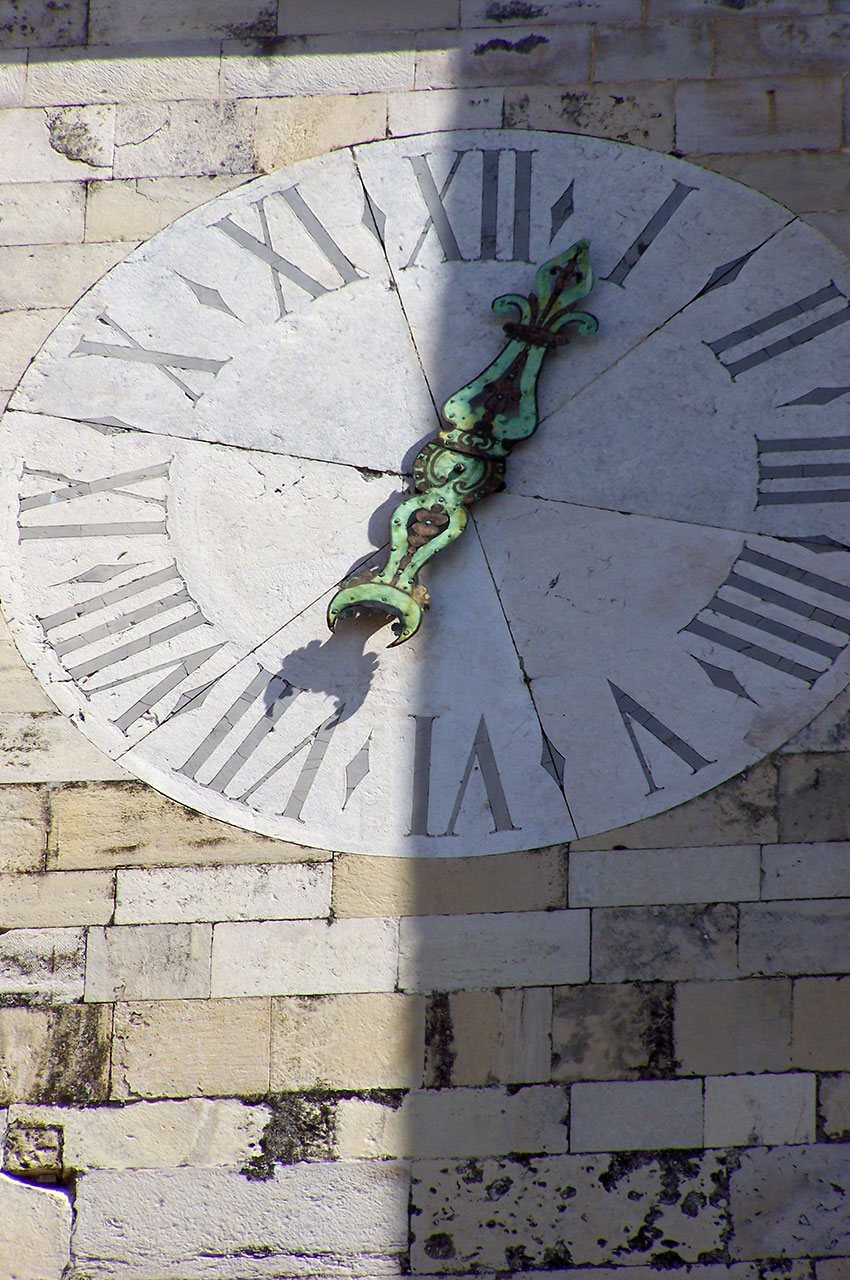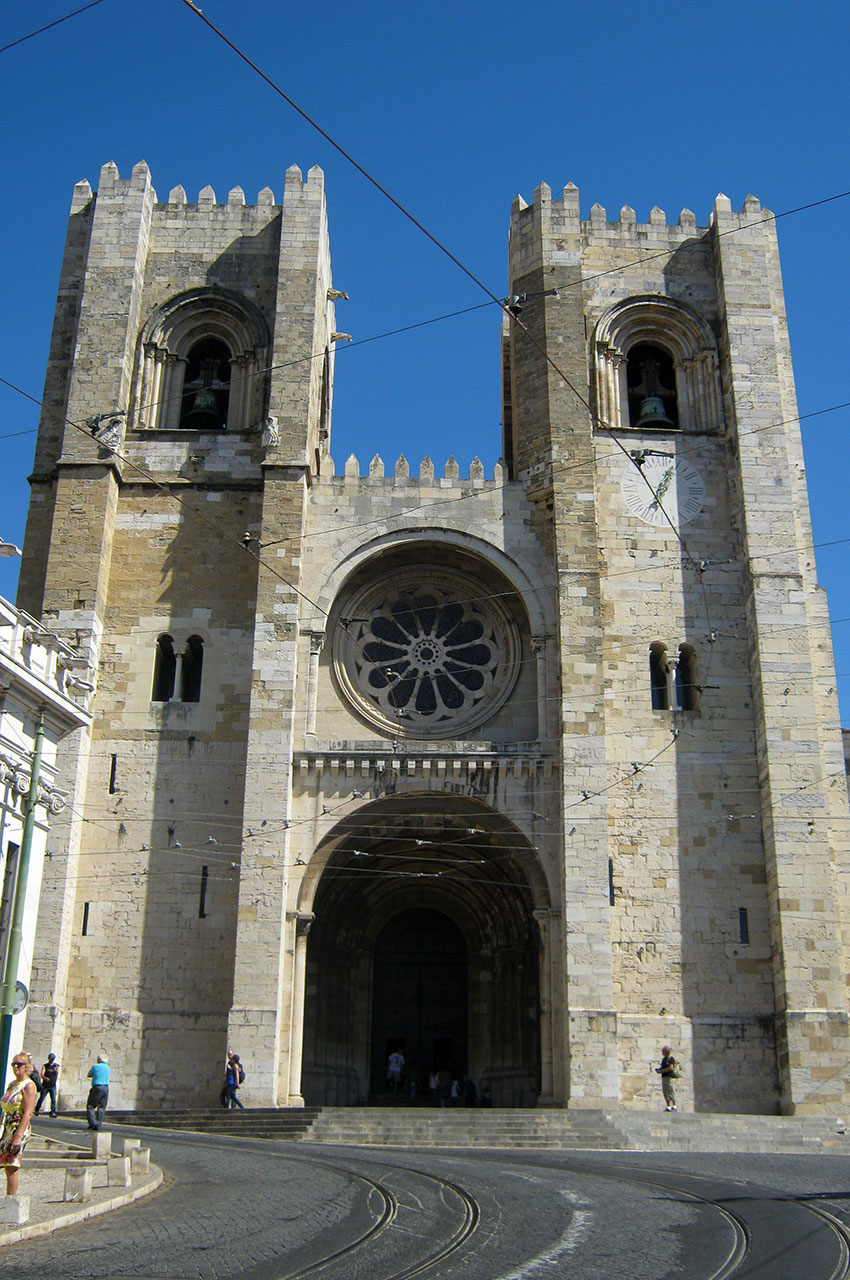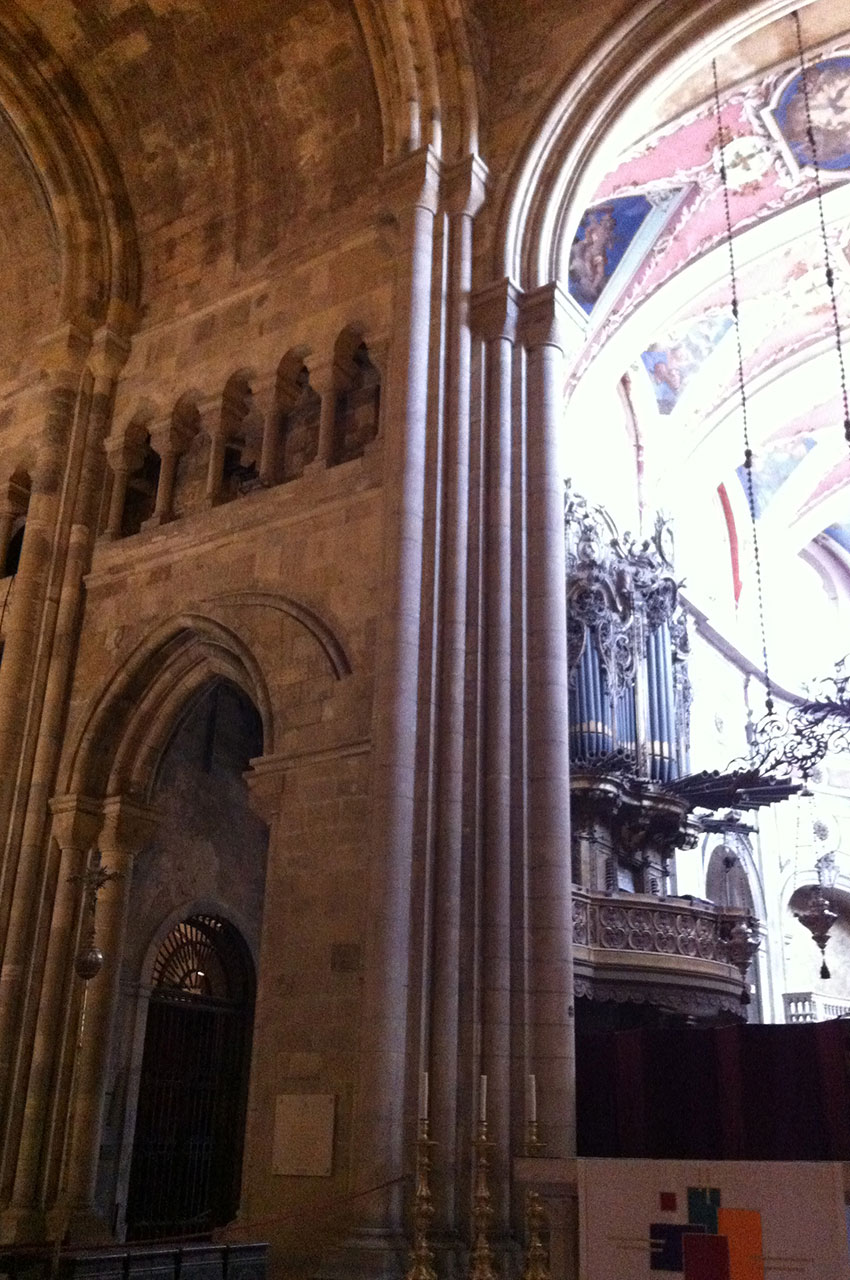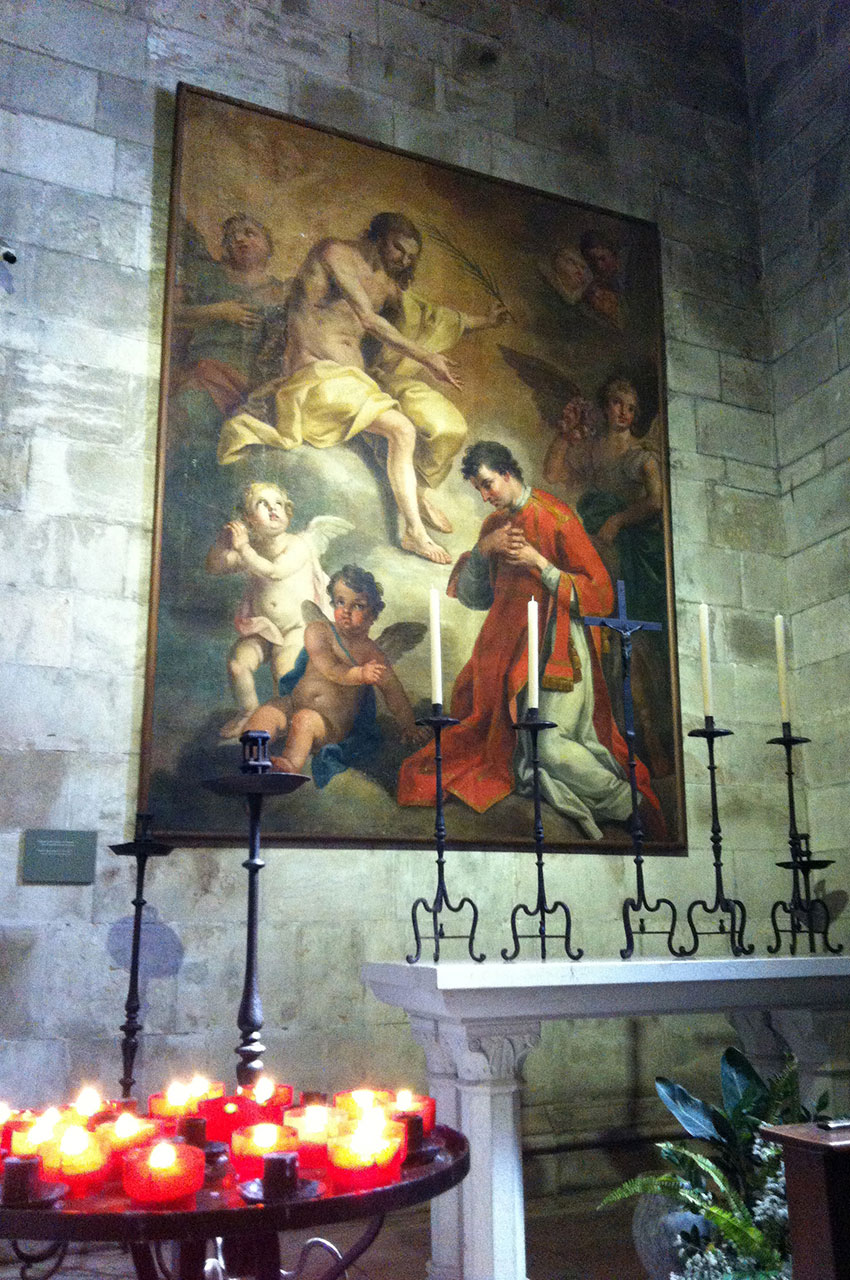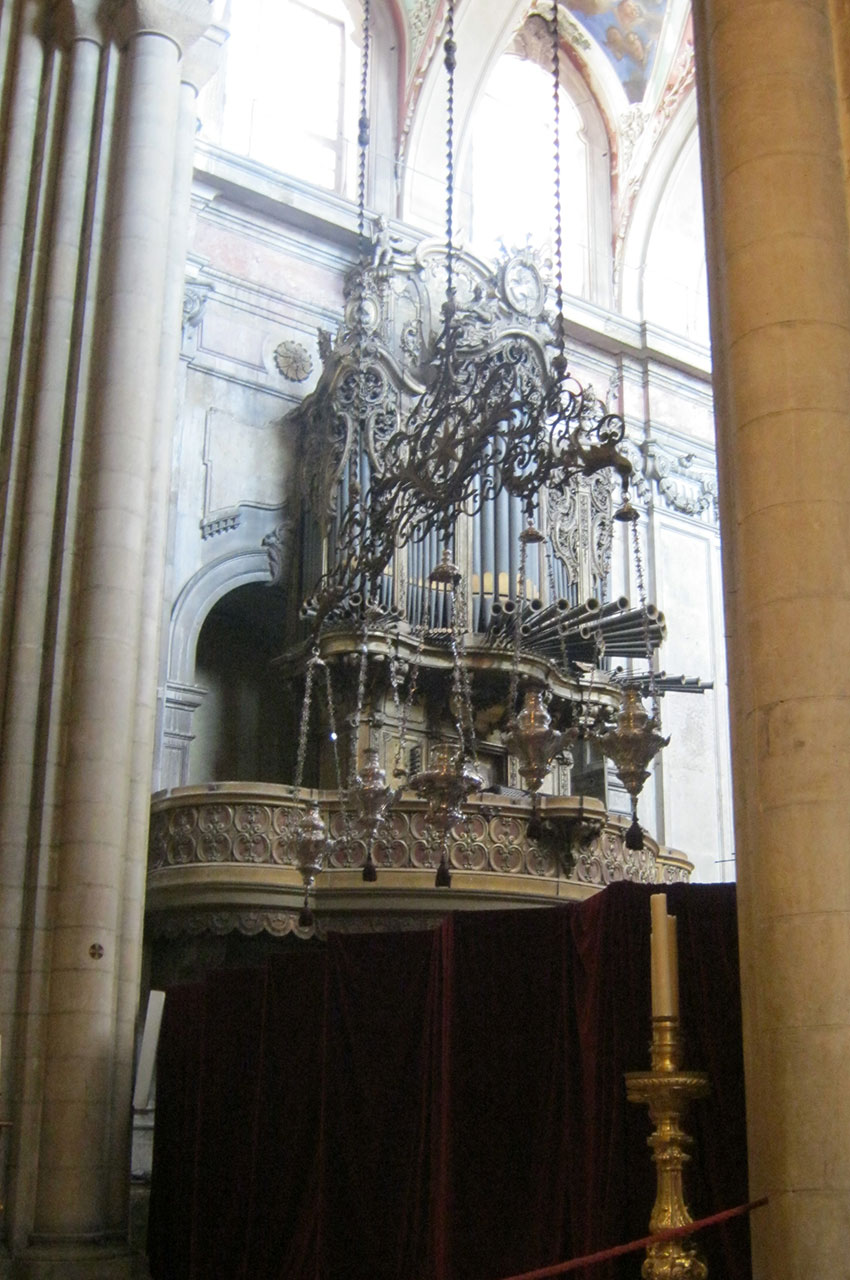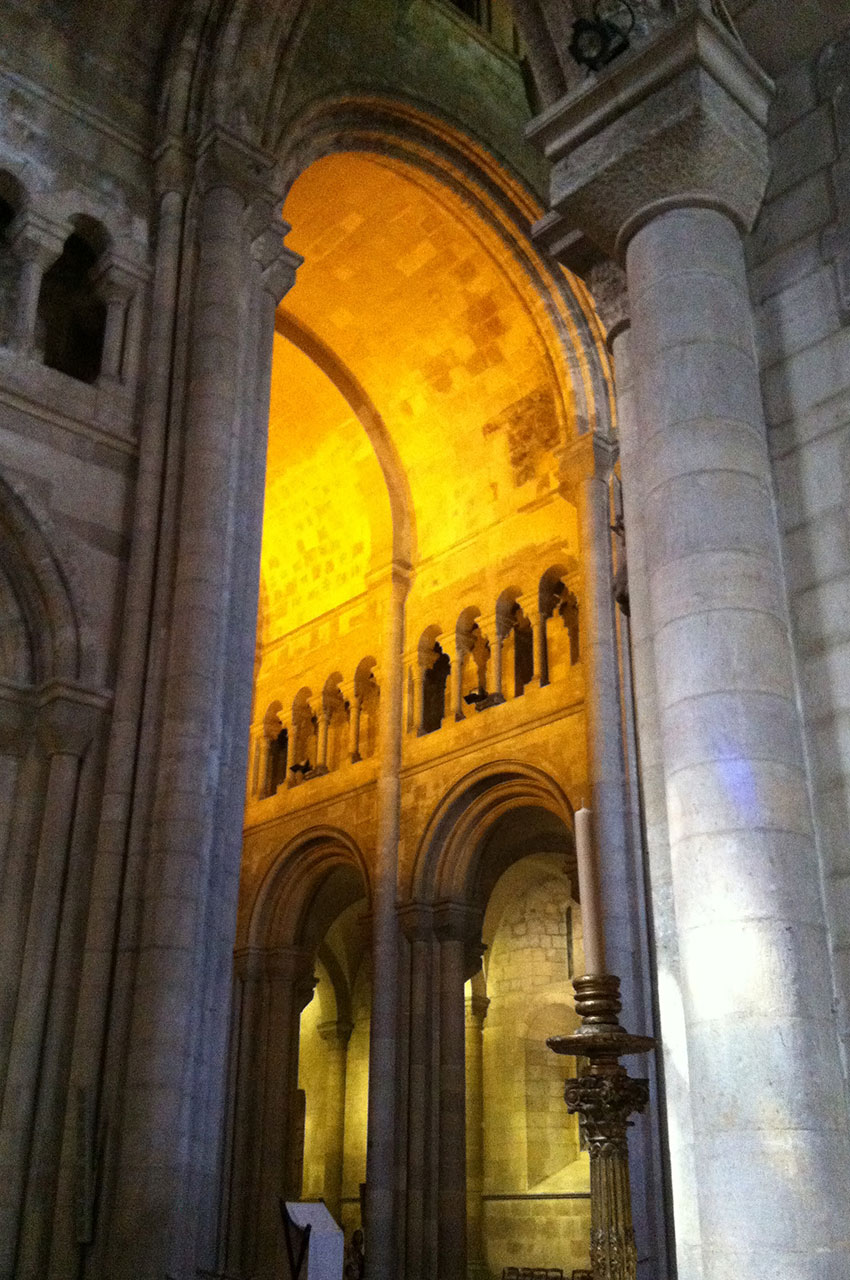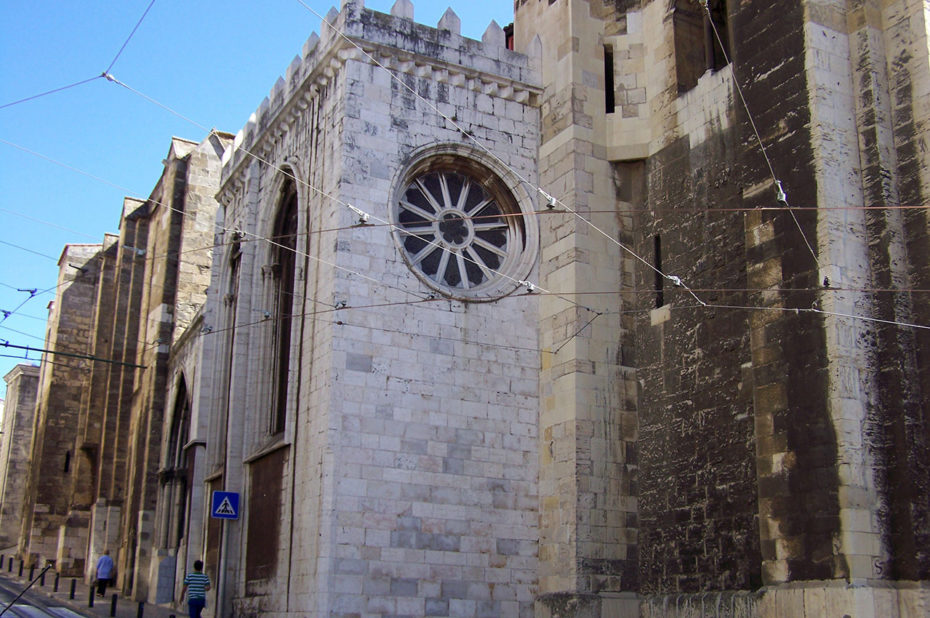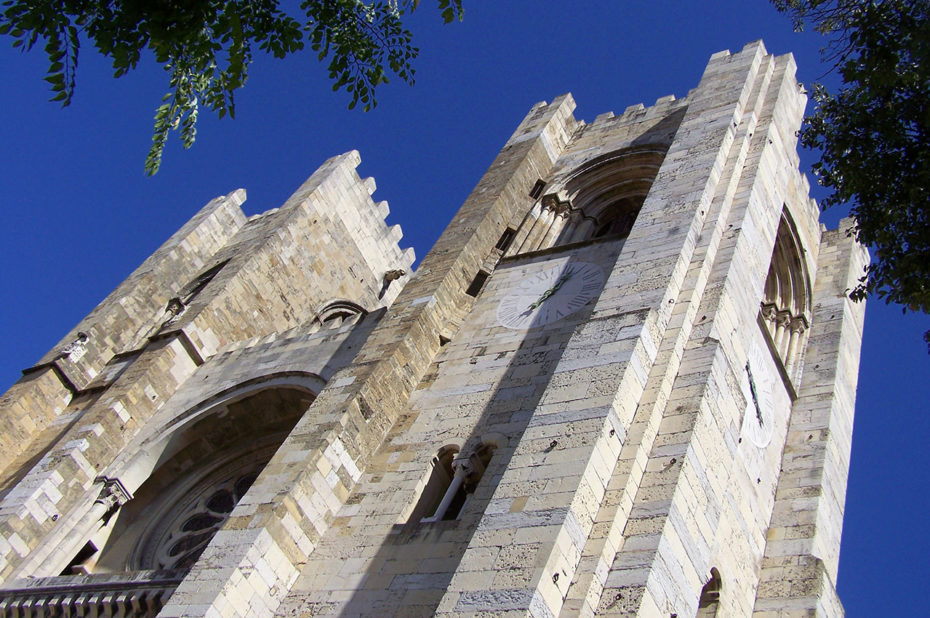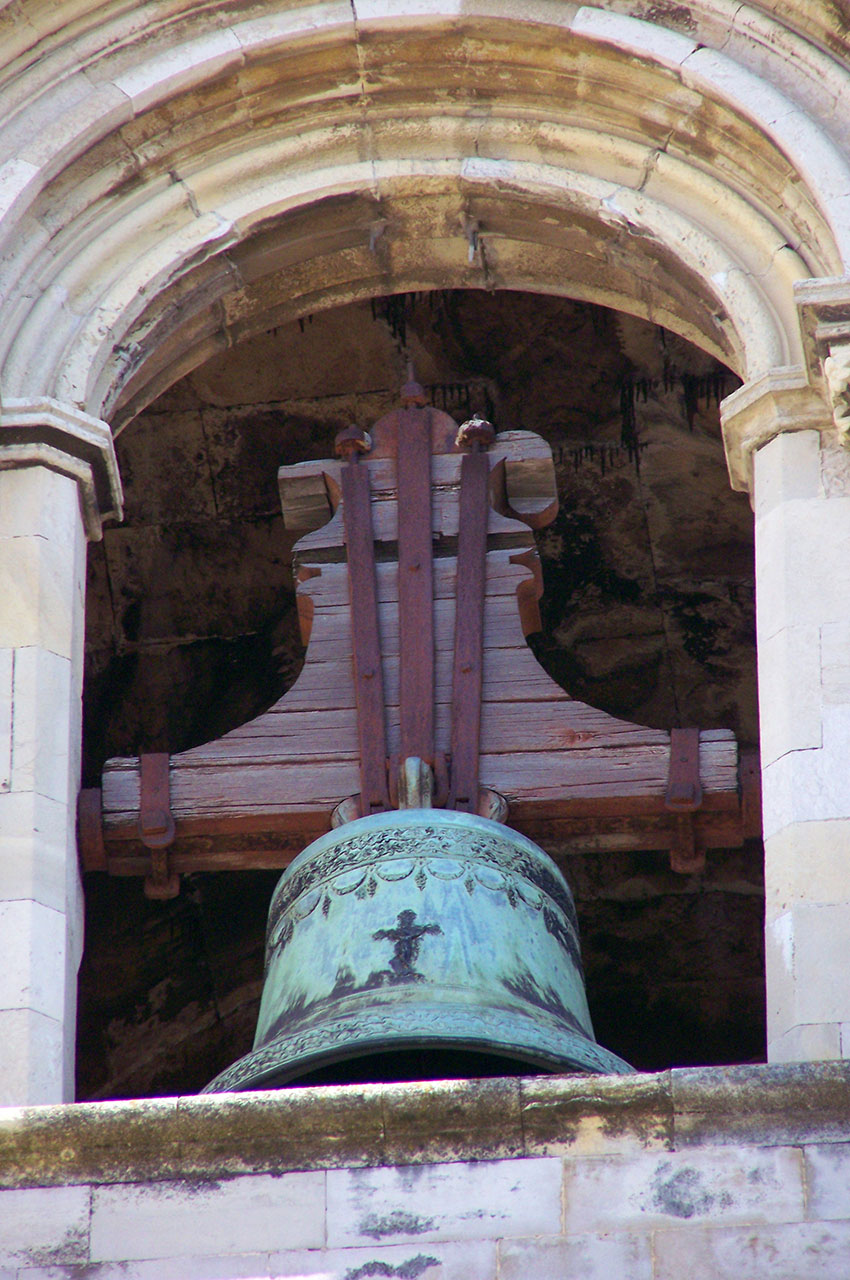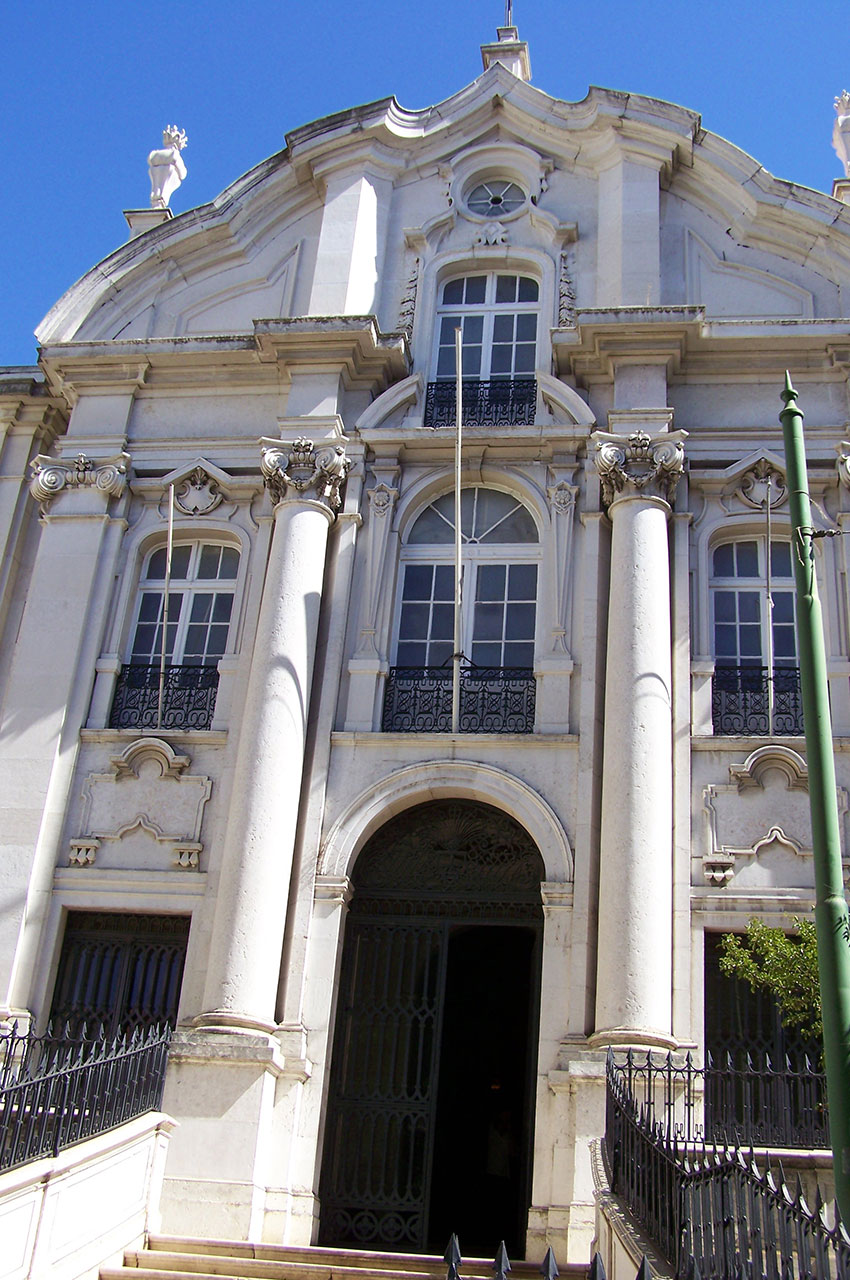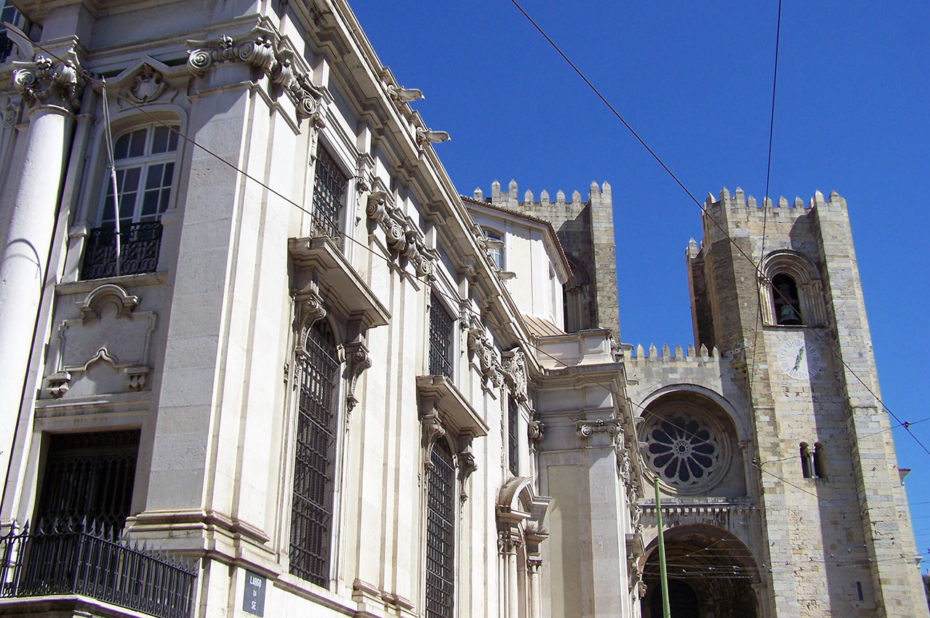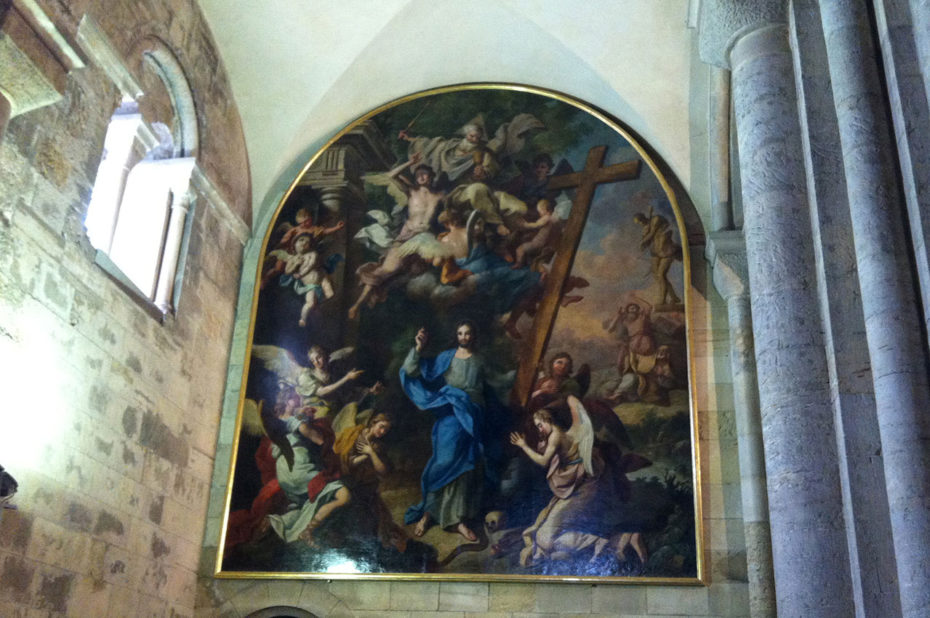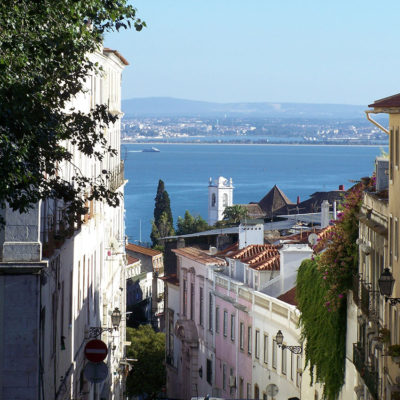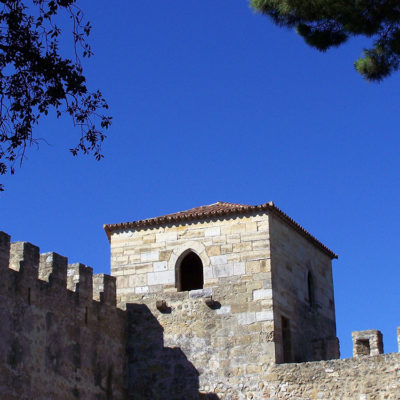
Lisbon’s Sé Cathedral (or Santa Maria Maior) is one of the city’s oldest buildings: the construction began in 1147 on the site of a former mosque, to celebrate the city’s reconquest from the Moors. Romanesque in style, with a hint of Gothic, it was damaged on several occasions by the earthquakes that shook Lisbon, including the particularly devastating one in 1755.
The interior, laid out as a Latin cross, is rather austere. A central, barrel-vaulted Romanesque nave is flanked by two aisles. The chapels along the aisles and the ambulatory are Gothic in style. There are several tombs in the cathedral, the most notable being the beautifully sculpted tomb of Lopo Fernandes Pacheco and his wife in the seventh chapel, the Capela de Santo Ildefonso.
The Church of Santo António da Sé, located right next to the cathedral, is dedicated to Saint Anthony of Padua, Lisbon’s beloved saint. Its location was not chosen at random: it’s where Saint Anthony was born and where he lived during his childhood. The white façade overlooks the fan-shaped staircase that leads to the doorways surrounded by columns. Inside, you’ll admire gilding, sculptures and paintings, as well as walls adorned with azulejos.
The visit to the Sé Cathedral was made on September 21, 2012.
Click on the picture to enlarge it and discover its caption.
